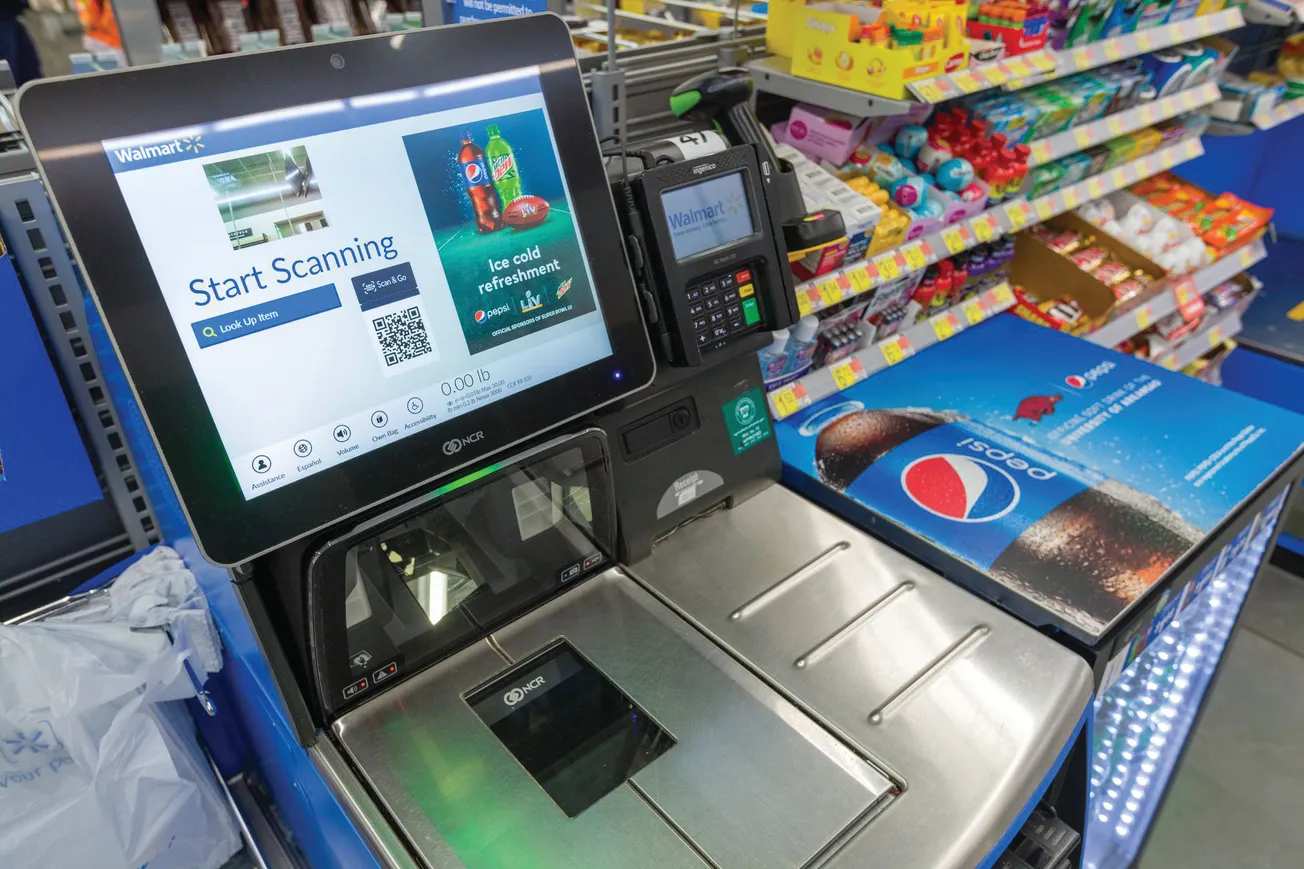Consumers have faced numerous challenges over the last year as the inflation rate continues to hover around 6% and job cuts became common amid fears of a potential recession. While inflation levels have come down from a peak of 9% in June 2022, prices remain high for goods like eggs, meat and cereal. As a result, consumers have cut out certain products or have shifted away from their favorite brands for cheaper alternatives.

Greg Dolan
For drug store chains that often rely on customers stopping to pick up these staple items, this can have adverse effects on their bottom line, leading them to offer coupons on certain items or cutting back on ad spending to maintain profits. For those retailers who choose to cut back on ad spending, it’s essential that you’re getting the most impact with the dollars being spent.
Look at your spend
As brands look to maintain sales momentum, it’s important to look at the channels where you’re spending your money and the effectiveness of that spend. So, if you’re spread out across television, print and in-store, test and analyze which channel is working best for you. Once you have the performance data available, shift your advertising strategy to the channels that are performing most effectively.
However, it’s important to remain open to the possibility of shifting spend as necessary, as the customer journey can shift at any moment. For instance, during the early stages of the pandemic, consumers turned to online shopping and curbside delivery to get goods from their local drug store chains, meaning ad dollars had to quickly shift from in-store ads to online or mobile ads. Not every brand was equipped to handle this immediate change as they had locked in their ad spend months in advance, leading to wasted ad spend and lost market share.
Like the above example, recessionary times can also lead to unpredictable changes in consumer behavior and channel effectiveness. As such, it’s critical to always remain nimble and be able to react quickly. Investing too heavily into the wrong channels can have adverse effects on your business, so it’s crucial to always be ready to adjust your marketing mix strategy to increase short-term ROI or react to shifts in shopper behavior.
Focus on brand equity
Possessing a positive brand equity Is the backbone of any successful business, as it helps improve financial performance and offers a way to differentiate yourself from competitors. For instance, local drug store chains often embrace their “neighborhood” feel and their health care background to differentiate themselves from larger chains. During times of economic uncertainty, this positive equity can help brands keep themselves afloat even amid changes to their marketing mix.
While this equity is beneficial, it can’t be the only thing your brand relies on to successfully navigate necessary spending cuts. If you can’t be seen as a reliable business or other chains advertise cheaper products, you run the risk of ceding ground to competitors and losing equity. To ensure that you’re able to maintain brand equity despite spending cuts, you can turn to technology that offers visibility into how changes to the marketing mix impact brand equity. This analysis can help determine how you can optimize your spend to maintain your current equity. By continuing to invest in your brand equity and maintaining a level of consistency that consumers expect, you’ll be more equipped to handle the downturn and continue to succeed long-term.
Showcase long-term value
During recessionary times, consumers are more apt to select smaller brands or private label items in order to save a few dollars. For instance, consumers have opted for cheaper beers, and grocery chains like Kroger have reported higher sales of private label items. This shift towards cost-friendly items gives brands an opportunity to win over consumers and build enough loyalty to ensure that they’ll still purchase these items as the economy returns to normal.
As such, it’s important that these brands continue to invest in their product to keep that shelf space. So, even if they are cutting back on advertising, investing in R&D innovation or product development can help them stand out against big brands post-recession. For example, a small beverage brand can have unique packaging or offer different flavors from big brands to stick out on the shelf.
While getting creative on product development is one way to build brand equity and showcase long-term value, smaller drug store brands can also get scrappy by investing in more personalized in-store experiences. Stores can offer deals personalized to each shopper or go above and beyond on customer service in both the center store and the pharmacy. These small touches can help further build brand equity and help you maintain your margins as you navigate the current headwinds.
Recessionary periods are tough for everyone. Having a cloud of uncertainty over your head makes decision making difficult and the future hard to predict. However, you can come out of these times stronger by continuing to invest in your brand, optimizing spend and showcasing your long-term value to consumers. This ensures that a consumer can count on your brand regardless of the economic climate and that you will continue to run a successful business.
Greg Dolan is cofounder and chief executive officer of Keen Decision Systems.









